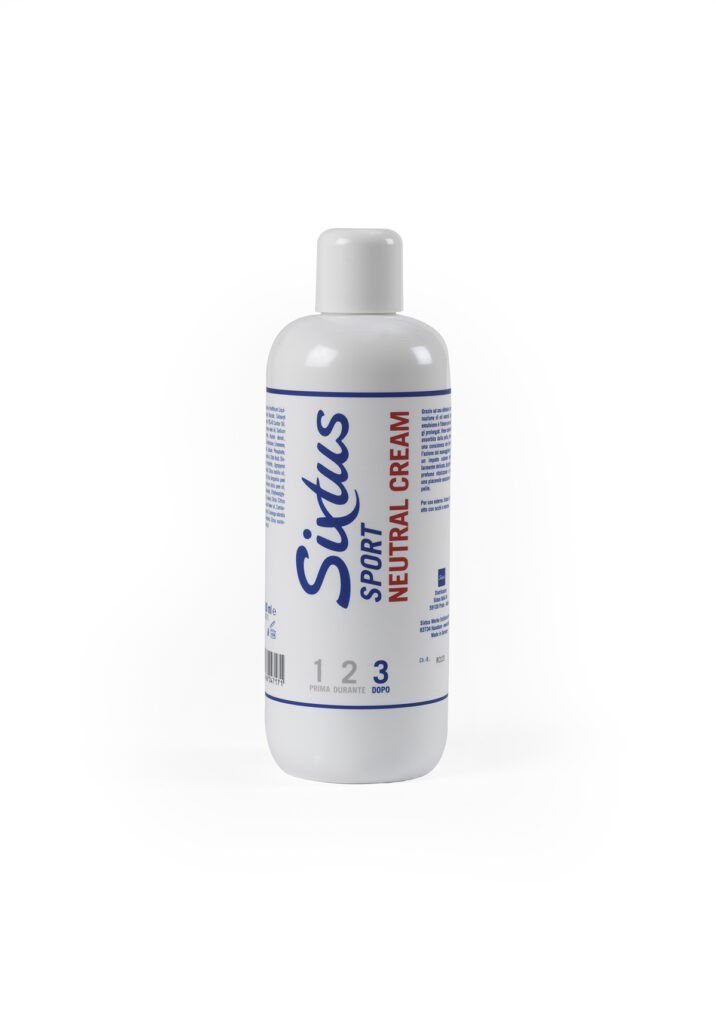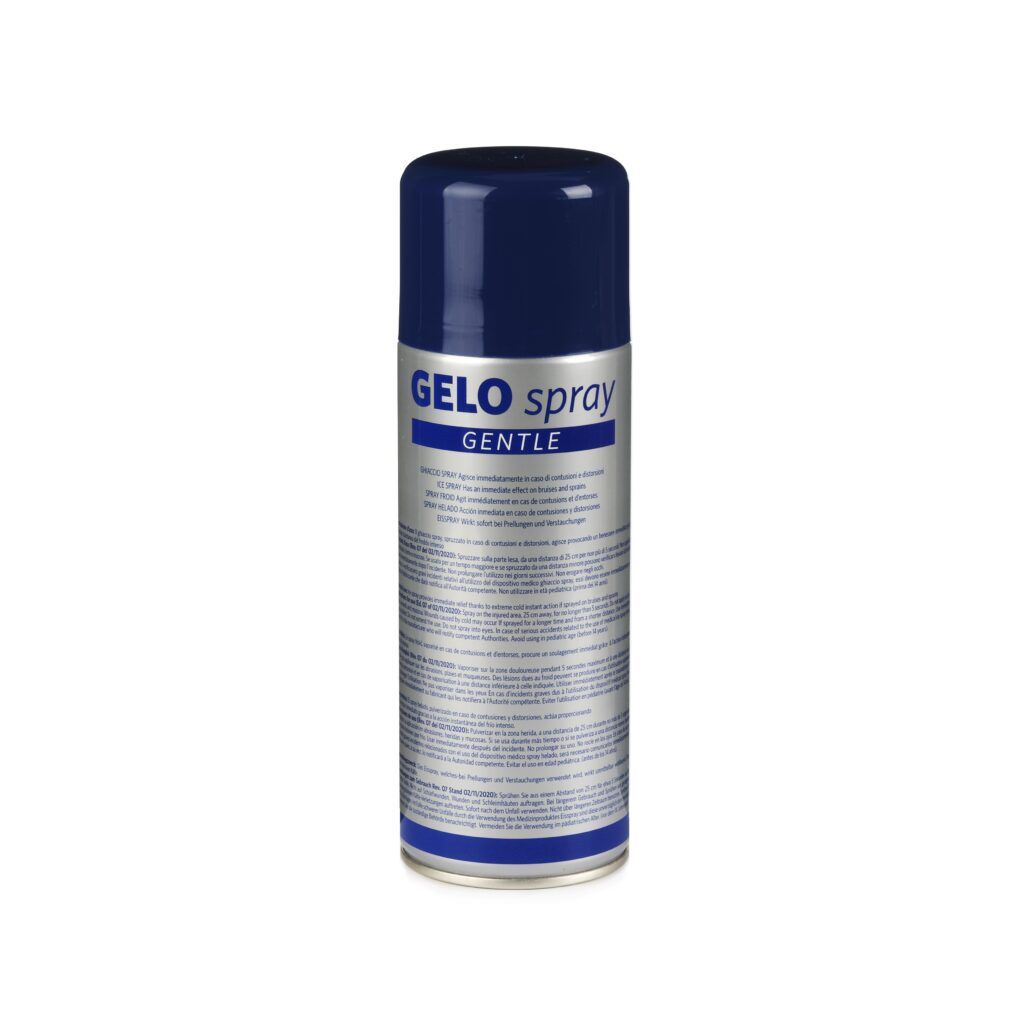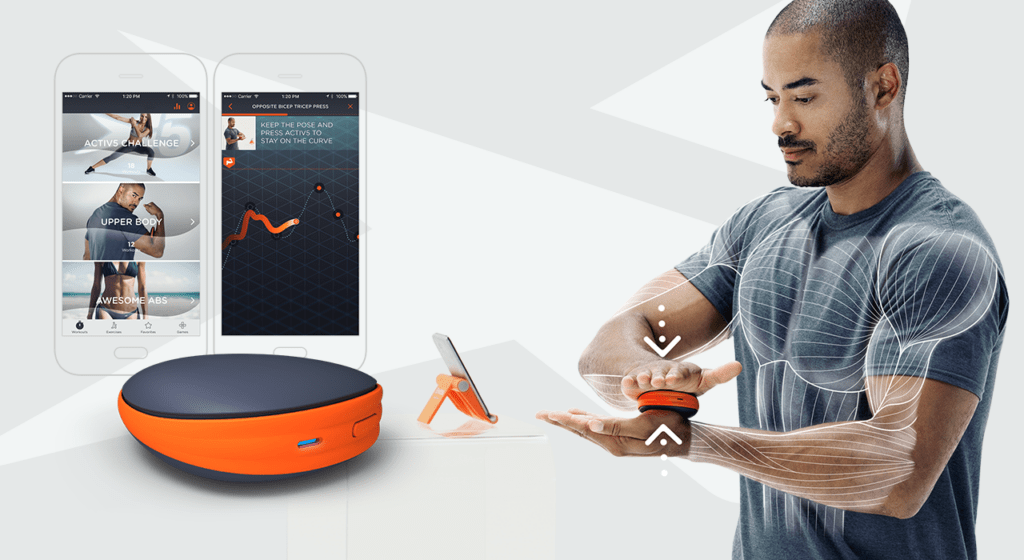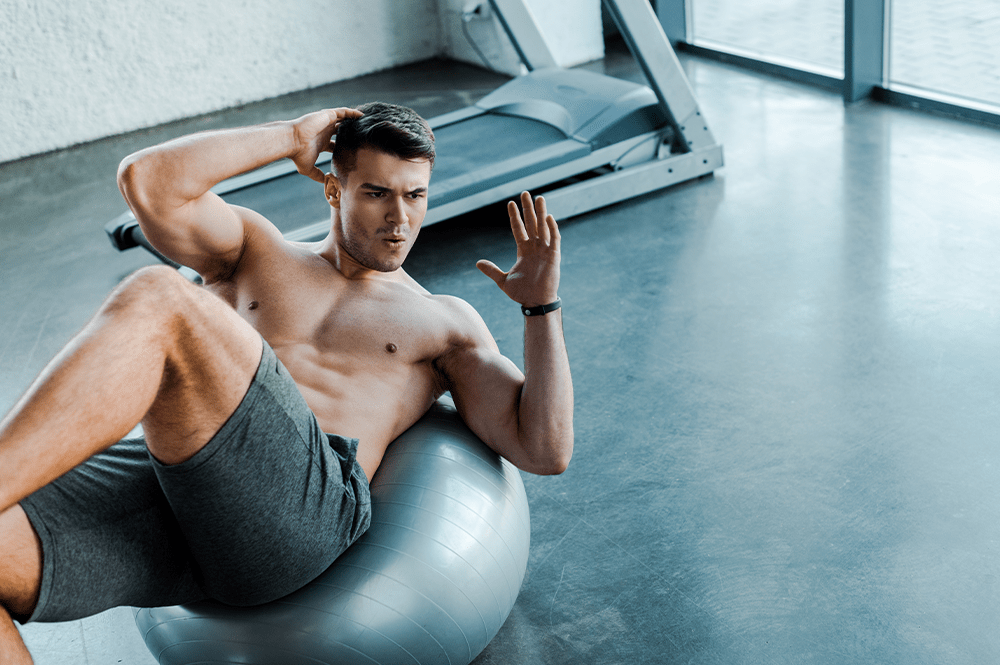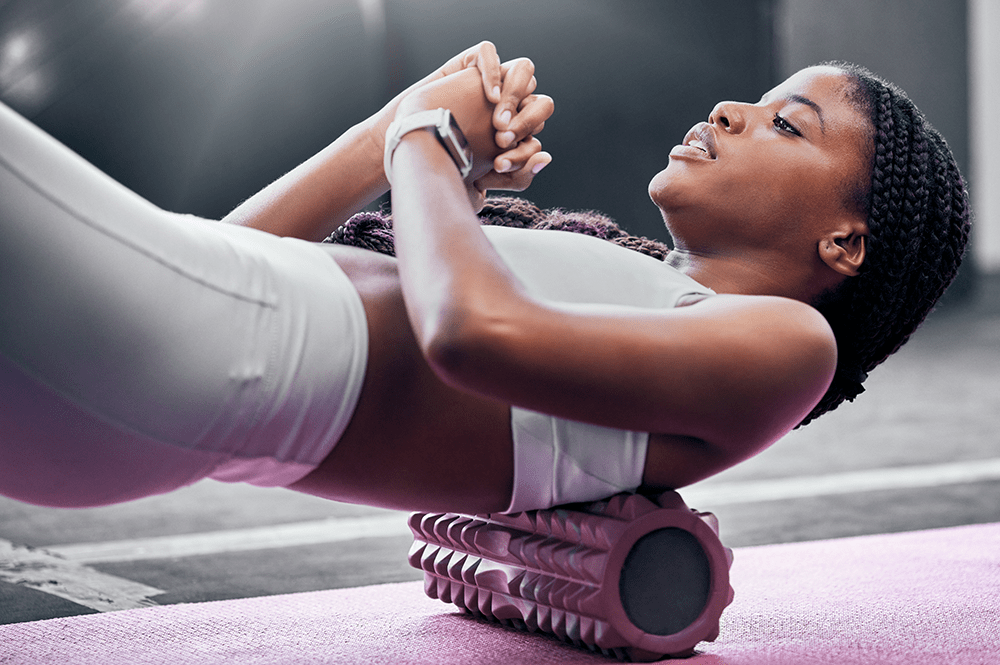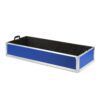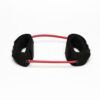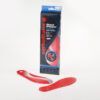Physiotherapy intervention to correct incorrect back posture
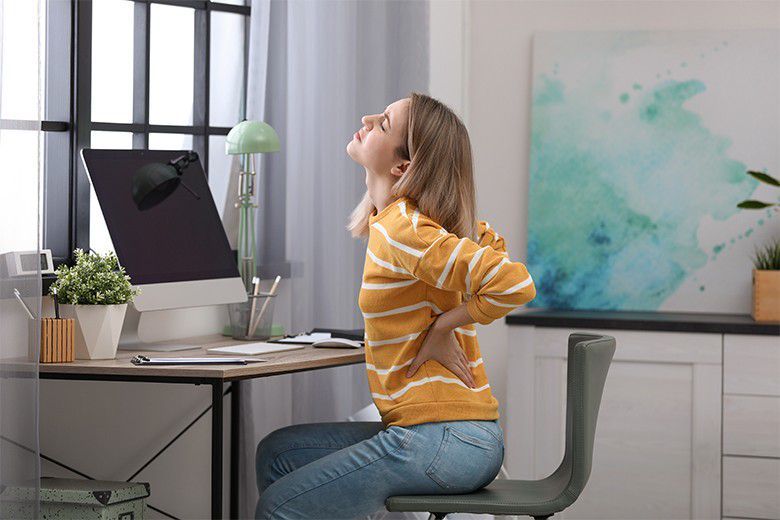
- 1 Poor back posture: causes
- 2 Irregular attitudes
- 3 Bad back posture: diagnosis
What problems can poor posture lead to?
Posture is the body’s position in space and the relationship between the various parts, especially the spine, to ensure standing, sitting or supine position and movement.
It is an automatic aspect of our life, regulated by various body systems, including the nervous and muscular systems.
An incorrect back posture has various consequences, from slight contractures to cardio-circulatory problems.
Our body uses multiple postures for the following principal reasons.
-anti-gravity: counteracting the force of gravity and remaining upright;
-static: to stay balanced
-dynamic: for movements appropriate to the situation (from ‘simple’ walking to more complex athletic gestures such as dancing, martial arts, diving, etc.).
In most cases, inadequate or incorrect posture is caused by muscular imbalances, revealed by a functional examination of the musculoskeletal system that describes a pattern of muscle weakness and tension.
Imbalance can occur due to an altered length, strength, or tension of two or more muscles.
A typical pattern is the combination of muscle weakness and tension or shortening.
Muscle imbalances (imbalance) lead to increased stress on joints, overloading of tendons, muscle tension in other muscles, and poor posture.
Our movement system always reacts the same way to incorrect exertion (e.g., sitting too much, not moving enough, or exerting too much effort due to the individual’s training without adequate preparation).
The ‘postural’ muscles react with weakening so that the movement muscles have to take over their postural tasks (static load).
Since our movement muscles are made for movement, dynamic and fast, and not for long periods of contraction (static), they are quickly overwhelmed by prolonged loading.
An overloaded muscle reacts by shortening and creating tension.
However, poor posture must be educated or treated, even and especially for those practicing sports, as the imbalance can irritate tendons, muscles, and joints.
As a result, the risk of injury increases, and performance decreases.
Consequently, there are symptoms such as:
-Increased pressure in the muscle (shortening/tensioning) leads to deterioration of blood circulation and, thus, pain.
-Weakening of the postural muscles leads to blockages, i.e., restricted movement in sections of the spine or joints, and thus to pain.
-The movement muscles attach to the bones and the spine through long movement levers to apply good force during movement. Their shortening causes ‘poor posture.’
In sports, unilateral stress, one-sided or incorrect training is often responsible for incorrect posture; it can also be brought about by muscle overload and fatigue, as well as weak or unstretched muscles.
Sitting for a long time also leads to a permanent imbalance in the muscles and consequent incorrect posture, especially sitting with a ’rounded’ back, in which the spine’s muscles become long and weak while the abdominal muscles become shortened.
If the pelvis is brought forward, the upper body assumes a straight posture in which the back and abdominal muscles are evenly loaded: it is challenging to sit in this upright position for an entire working day. It is, therefore, advisable to continually change the sitting position throughout the day.
Restraints and poor posture, mainly due to accidents or after injuries, have a similar effect.
Continuing to perform an activity inappropriately (e.g., limping while walking) puts undue stress on some muscles and underutilises other muscles.
Lack of exercise and congenital bone deformities (e.g., a lower limb shorter than the contralateral one) also means that muscle groups cannot be used according to their function, leading to a change or compensation in the body that promotes a muscular imbalance and consequent incorrect posture.
Incorrect back posture: attitudes
As a rule, incorrect muscular posture describes an imbalance between agonist and antagonist muscles, i.e., between flexors and extensors, where a shortening of one leads to a weakening of the other.
But other forms of imbalance are also possible:
-between stabilising and mobilising muscles;
-between the left and right halves of the body;
-between the upper and lower halves of the body.
In incorrect postural postures, imbalances between stabilising and mobilising muscles are often described. Stabilisers are deep muscles that have the task of stabilising individual joints or body sections, while mobilisers are the superficial muscles responsible for the movement of our joints.
Some examples of incorrect back posture:
-kyphotic head and neck posture where the head and shoulders are pulled forward, causing a subsequent and progressive shortening of the chest and neck muscles, weakening the muscles that stabilise the shoulder blades and the deep neck flexors.
-Hollow back in (hyper-)extension, due to shortening of the long extensor muscles of the back and weakening of the deep muscles of the abdomen and spine.
-Pelvis tilted forward (lumbar hyperlordosis) due to shortening of the hip flexors and weakening of the gluteal (and deep back) muscles.
-Lumbar rectus abdominis: a poor posture that usually manifests itself in the form of a weakening of the deep abdominal muscles (e.g. the transverse abdominis muscle) and a shortening or tightening of the superficial abdominal muscles (e.g. the rectus abdominis), which is caused, for example, by sitting for a long time without any movement of the lumbar spine.
How to correct and improve an incorrect back posture?
Poor posture is diagnosed by a functional examination, during which the movement and function of joints and muscles are assessed by the physiatrist or physiotherapist.
Diagnostic imaging examinations (e.g., X-ray, MRT) are often unnecessary.
In some cases, the function of certain deep muscles (deep back muscles, deep abdominal muscles) can be visualised by means of ultrasound, and functional dynamics.
In cases where poor posture has been established for some time, imaging is necessary to assess any morphological changes in the musculoskeletal system.
Poor posture: fight the causes instead of the symptoms!
If we learn to recognise the causes of poor posture, it is also possible to take long-term and effective action to change it.
Some of the most common reasons for muscle tension and imbalances are:
-stress and psychological distress (Lundberg U., el al, 1999; Bahrami-Ahmadi A., et al, 2016);
-lack of exercise, one-sided, incorrect, or excessive lumbar and pelvic exercise (Deardorff W., 2015; Auvinen J., et al., 2007);
-prolonged sitting, lack of dynamics of the lumbar spine and pelvis and/or incorrect posture in the sitting position, and/or antalgic posture (Vad V., 2020);
-incorrect posture during sleep and sleep disturbances (Morrison G., 2018, Breus M. J., 2014);
-ascending postural dysfunctions resulting from a lower limb disorder (e.g. also due to unsuitable footwear).
Bad posture: treatment
After assessing which muscles are too weak, too short, or too tight, treatment can begin.
Muscles that are too weak must be rebuilt with appropriate strength/resistance training.
-Shortened muscles can be restored by combining band training and stretching exercises.
-Coordination training, proprioception, and targeted relaxation techniques are effective in breaking the cycle of postural imbalance.
For successful therapy, it is important to treat the cause or trigger of the imbalance to prevent symptoms from recurring.
If sitting for a long time is assessed as the cause of the muscular imbalance, which is usually difficult to avoid for work-related reasons, it may make sense to change one’s posture at regular intervals.
In general, in the case of muscular imbalances, it is advisable to be active and varied in everyday life to prevent poor posture or to treat its consequences.
Depending on the symptoms, the treating therapist puts together an individual exercise programme, which should be performed every day for about 15-20 minutes.
During the initial approach and intervention, treatment (whether physiotherapeutic or kinesthetic) focuses on relaxing functional blocks through various manual therapy techniques such as:
-manual techniques
-massage therapy;
-osteopathic or chiropractic techniques;
-proprioceptive neuromuscular facilitation techniques (P. N. F.);
-postural gymnastics;
-Mezieres methodology;
-Global Postural Reeducation (G.P.R.).
Contracted and tense muscles are stretched through passive, active or self-mobilisation exercises. To train weakened muscles and improve muscle coordination, an individual training programme is developed and practised together with the physiotherapist.
The physical exertion for the patient is approximately 20 minutes per day.
After the first motor learning phase, the exercises can be performed at home without large equipment.
Subsequently, for further improvement of the athletic aspect and postural maintenance of the body, various techniques can now be performed individually or in groups.
Here are some examples:
-LnB Motion (Liebscher and Bracht);
-Pilates method;
-gyrotonics, etc.
“Movement is part of our nature. Perfect stillness is death’ Blaise P..
In general, movement (dynamic) is better than sitting (static).
This means that making our daily lives more active is one of the most important measures against poor posture and muscular imbalances.

